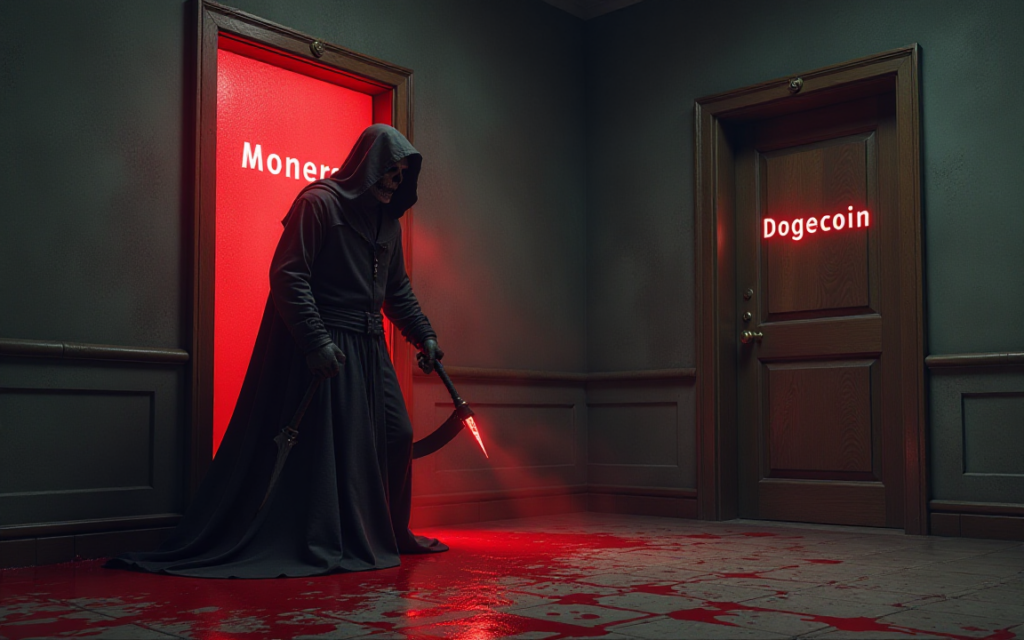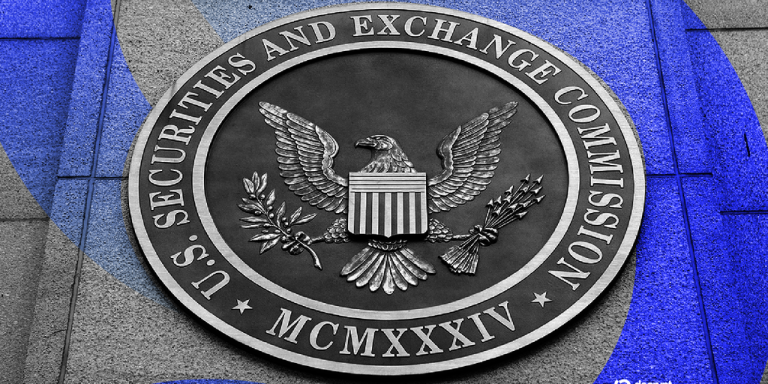
Qubic’s Target on Dogecoin: What It Means for Blockchain Resilience
The cryptocurrency world is abuzz with speculation after Qubic, the AI-driven blockchain project, announced its newest target: Dogecoin. This follows its controversial takeover of Monero’s network, raising serious questions about the security of proof-of-work blockchains. But what does this mean for the larger crypto ecosystem and blockchain technology’s future?
The Vote That Changed Dogecoin’s Future
Led by Sergey Ivancheglo, known in crypto circles as Come-from-Beyond, Qubic held a community vote to decide its next target. Dogecoin emerged as the consensus choice, overshadowing competitors like Kaspa and Zcash. With Dogecoin’s market cap reaching approximately $33 billion, the decision to focus on such a mainstream cryptocurrency places blockchain resilience under a magnifying glass.
Dogecoin’s popularity extends beyond crypto enthusiasts, with a devoted fanbase and widespread adoption — a stark contrast to Monero, the privacy-focused coin that Qubic briefly overtook last week. The implications are potentially far-reaching, given Dogecoin’s visibility in public markets.
Monero Takeover: A Security Wake-Up Call
Qubic’s prior action against Monero demonstrated just how disruptive concentrated computational resources could be. Qubic successfully orchestrated a 51% takeover of Monero, reorganizing six blocks of the network, which prompted exchanges like Kraken to pause deposits temporarily. While Monero’s privacy features remained intact, the event raised industry-wide concerns about the vulnerability of proof-of-work blockchain protocols.
For many in the crypto ecosystem, Monero’s breach was a wake-up call, signaling that even trusted networks could fall prey to determined campaigns. The attack also reignited debates about the sustainability and security of proof-of-work mechanisms in blockchain technology.
Dogecoin: A Higher Risk Target
Shifting focus to Dogecoin elevates the stakes. Its significant market presence and cultural capital make an attack on Dogecoin potentially more damaging. Any successful disruption could erode public confidence in not only Dogecoin but also in proof-of-work as a viable blockchain model.
Adding to the intrigue, Qubic’s founder Sergey Ivancheglo has advocated for redirecting the energy consumed by crypto networks toward AI advancements. While details about Qubic’s broader objectives remain unclear, Ivancheglo views these takeovers as a step toward addressing inefficiencies in blockchain energy usage.
What Crypto Enthusiasts Should Know
As Qubic sets its sights on Dogecoin, the larger crypto community is left pondering the fallout. Could this mark a fatal flaw in the architecture of proof-of-work blockchains, or is it merely a publicity stunt meant to disrupt established markets?
For Dogecoin holders and blockchain enthusiasts alike, this is a pivotal moment. Will Dogecoin’s network stand resilient in the face of targeted disruption, or will this shine a spotlight on vulnerabilities that could ripple across the crypto ecosystem?
Expert Advice: Safeguarding Your Crypto Investments
This is a timely reminder to diversify your crypto portfolio and remain vigilant. Consider storing your assets in hardware wallets like the Ledger Nano X, which offers unparalleled security for digital currencies. By taking proactive measures, you can minimize potential risks from network instability or attacks.
Conclusion
The blockchain community will be closely monitoring Qubic’s actions toward Dogecoin. More than a story about one cryptocurrency, this is a discussion about the long-term security and future of proof-of-work systems. As blockchain technology continues to evolve, moments like this will set the tone for its adaptability and resilience.






